Seeded DWDM transmission technology approved by ITU
- Seeded DWDM Technology approved as an International Standard
- Optical transport technology based on next-generation DWDM, expected to relieve traffic bottlenecks
December 26, 2011-LG-Ericsson (www.lgericsson.com) announced that Seeded DWDM (Dense Wave Division Multiplexing) application technology has been approved as a standard for Recommendation ITU-T G.698.3 (ex G.sdapp) in ITU-T SG15 plenary meeting held in Geneva, Switzerland from December 5th to 16th.
In developing the standard, LG-Ericsson served as editor, while ETRI (Electronic Telecommunication Research Institute-Korea), KT and KAIST (Korea Advanced Institute of Science and Technology) jointly participated. LG-Ericsson has a platform that supports Seeded DWDM optical transmission technology and is commercially available already. The technology has been successfully deployed within Korea as well as Overseas, including the U.S. and Europe. The approval of this standard will facilitate metro and access networks to enter the next phase of optical transport architecture evolution.
DWDM technology multiplexes a number of optical carrier signals onto a single optical fiber by using different wavelengths of laser. This technology allows effective use of the physically limited optical fiber links by multiplying the capacity carried by one strand of fiber. It is this cost-effective multiplexing of wavelengths over limited fiber pairs that makes DWDM a powerful optical transport technology of future. DWDM-based Ethernet Access easily overcomes the traffic bottlenecks caused by bandwidth-hungry applications.
LG-Ericsson and the Telecom Sector stakeholders in Korea helped in standardizing the technology as part of the international optical communication standardization process. The approval of the Seeded DWDM for G.698.3 standard by ITU-T signifies that the technology is now ready for large scale commercial deployments.
ITU-T (Telecommunication Standardization Sector)
ITU’s role as creator of the world’s most universally-recognized infocommunications standards dates back as far as the organization itself. Since its inception in 1865, the Union has been brokering industry consensus on the technologies and services that form the backbone of the world’s largest, most interconnected man-made system. Korea acquired membership in 1952 and has been participating in ITU international standardization process for about 60 years ever since. Korea hosted the ITU-T SC 18 plenary meeting in 1988 for the first time. In 1989, Korea was advanced to the Board of Directors, which consists of 48 countries, 25% of the total 192 member countries. During the ITU-U standardization fiscal term from 2009 to 2012, Korea is leading international standardization for the future internet. Korea has also successfully secured the next standardization plenary meeting scheduled in 2014.
DWDM (Dense Wave Division Multiplexing) Technology
Dense wave division multiplexing (DWDM) is a technology which multiplexes a number of optical carrier signals onto a single optical fiber by using different wavelengths (colors) of laser light. This technique enables up to 80 (theoretically more than 80) separated wavelengths and data channels over one strand of fiber. Since DWDM effectively overcomes the shortage of optical fiber, this technology is expected to become the main optical network technology of the future. DWDM is the most efficient way of optical transmission and replaces time-division multiplexing.
Notes to editors
Media kits and high-resolution photos can downloaded at www.ericsson.com/press.
Ericsson is the driving force behind the Networked Society – a world leader in communications technology and services. Our long-term relationships with every major telecom operator in the world allow people, business and society to fulfill their potential and create a more sustainable future.
Our services, software and infrastructure – especially in mobility, broadband and the cloud – are enabling the telecom industry and other sectors to do better business, increase efficiency, improve the user experience and capture new opportunities.
With approximately 115,000 professionals and customers in 180 countries, we combine global scale with technology and services leadership. We support networks that connect more than 2.5 billion subscribers. Forty percent of the world’s mobile traffic is carried over Ericsson networks. And our investments in research and development ensure that our solutions – and our customers – stay in front.
Founded in 1876, Ericsson has its headquarters in Stockholm, Sweden. Net sales in 2014 were SEK 228.0 billion (USD 33.1 billion). Ericsson is listed on NASDAQ OMX stock exchange in Stockholm and the NASDAQ in New York.
www.ericsson.com
www.ericsson.com/news
www.twitter.com/ericssonpress
www.facebook.com/ericsson
www.youtube.com/ericsson
For further information, please contact
Ericsson Corporate Public & Media Relations
Phone: +46 10 719 69 92
E-mail: media.relations@ericsson.com
Ericsson Investor Relations
Phone: +46 10 719 00 00
E-mail: investor.relations@ericsson.com
